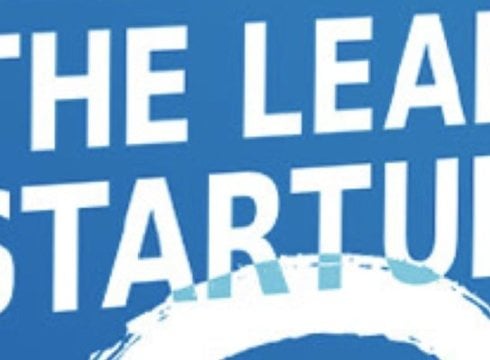Inc42 Daily Brief
Stay Ahead With Daily News & Analysis on India’s Tech & Startup Economy
As the Lean way of creating a startup goes more and more fancy, every entrepreneur has read at least a blog post or a book on the subject. The Lean Startup by Eric Ries is a good start.
The power of the Lean Startup philosophy is also its biggest weakness: it’s easy as pie to understand! Easy to understand yes, but not so easy to apply in real life. So ask Google, browse LinkedIn, and you’ll find a lot of posts and discussion threads from entrepreneurs talking about how applying Lean Startup was a bad idea for their specific case.
So basically every entrepreneur knows the importance of fast hypothesis validation, getting to market quickly, the concept of MVP, and what a pivot is.
The fact is that amongst all the notions conveyed by the Lean Startup philosophy, the MVP is probably one of the most tweaked and misunderstood.
- Getting to (know your) market quickly
- Ship then test.
- If you are not embarrassed by the first version of your product, you’ve launched too late.
You get it, the best way to validate that your product brings value to your customers is to push a very first ‘crappy’ version to the market as quickly as possible. There are loads of fun ways to do that: landing pages, concierge, videos. These are all MVP’s. Unfortunately, a lot of entrepreneurs ship a solution before having validated that their customer and problem hypothesis are correct. You don’t want to build a response to a hypothetic problem right?
The MVP’s above are all designed to validate a solution hypothesis, and these are not a waste of time only if you have previously validated that your customers are willing to pay to solve the problem you have identified, i.e., you should build experiments to know your market better before building experiments to test your products. MVP’s are experiments
So what really is a MVP?
Well, according to Eric Ries in his book, a Minimum Viable Product is that version of the product that enables a full turn of the Build-Measure-Learn loop with a minimum amount of effort and the least amount of development time.
Fair enough, this definition comes from the master himself so you won’t be ridiculous if you use it in a networking event.
If you have read stuffs on customer development, you know that the best way to validate a customer and/or a problem hypothesis is to get out of the building and talk to potential customers.
Is talking to customers a MVP? The answer is yes, absolutely! Although the expression contains the word ‘product’, a MVP is NOT necessarily a product.
So allow me tweak a little Eric’s definition: a Minimum Viable Product can be that version of the product that enables a full turn of the Build-Measure-Learn loop with a minimum amount of effort and the least amount of development time.
More precisely, a MVP is an experiment designed to validate a hypothesis. That’s it!
Different kind of MVP’s for different concerns:
The lifecycle of a startup is full of experiments. Firstly, you must identify and validate a specific niche of customers having a real problem and eager to find a solution to fix it. You can validate such a customer and problem hypothesis by going out of the building and interviewing peoples that are in your target.
MVP: Customer Interview
Secondly, once you know that the problem is real and that you have identified your potential early adopters, you must identify a solution people are willing to pay for. Validating a solution hypothesis can be done by testing your value proposition.
MVP: Pitch, Landing Page, Split Testing, Video, Mockups
Thirdly (but you can also initiate this at the second step), you should bring your solution to the market as quickly as possible and sell your value to your early adopters. Quality is value. Good enough is fine.
MVP: Concierge, Blog, Meetup, Prototype
And last but not least, once you have your first paying customers, it’s time to bring more people onboard. You can achieve this by raising some key metrics like retention or acquisition rate. For a lot of startups, it means that you have to build more features and improve quality (UX, speed, design…).
MVP: Dummy feature, Survey, Prototype, Video, Coming Soon Page, Split Testing
Now, go validate ALL the hypothesis!
About the Author – Matthieu Garde
Note: We at Inc42 take our ethics very seriously. More information about it can be found here.


